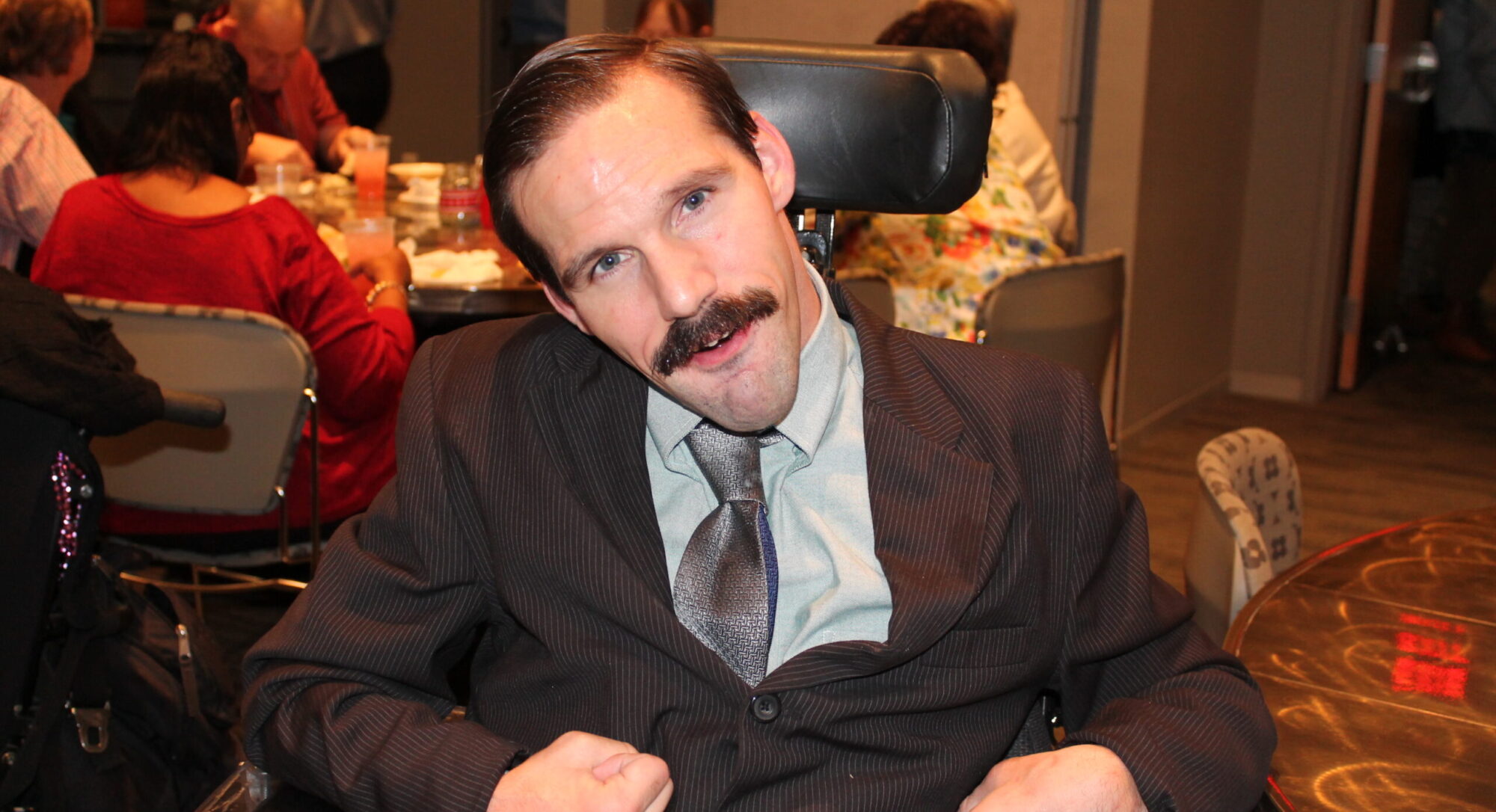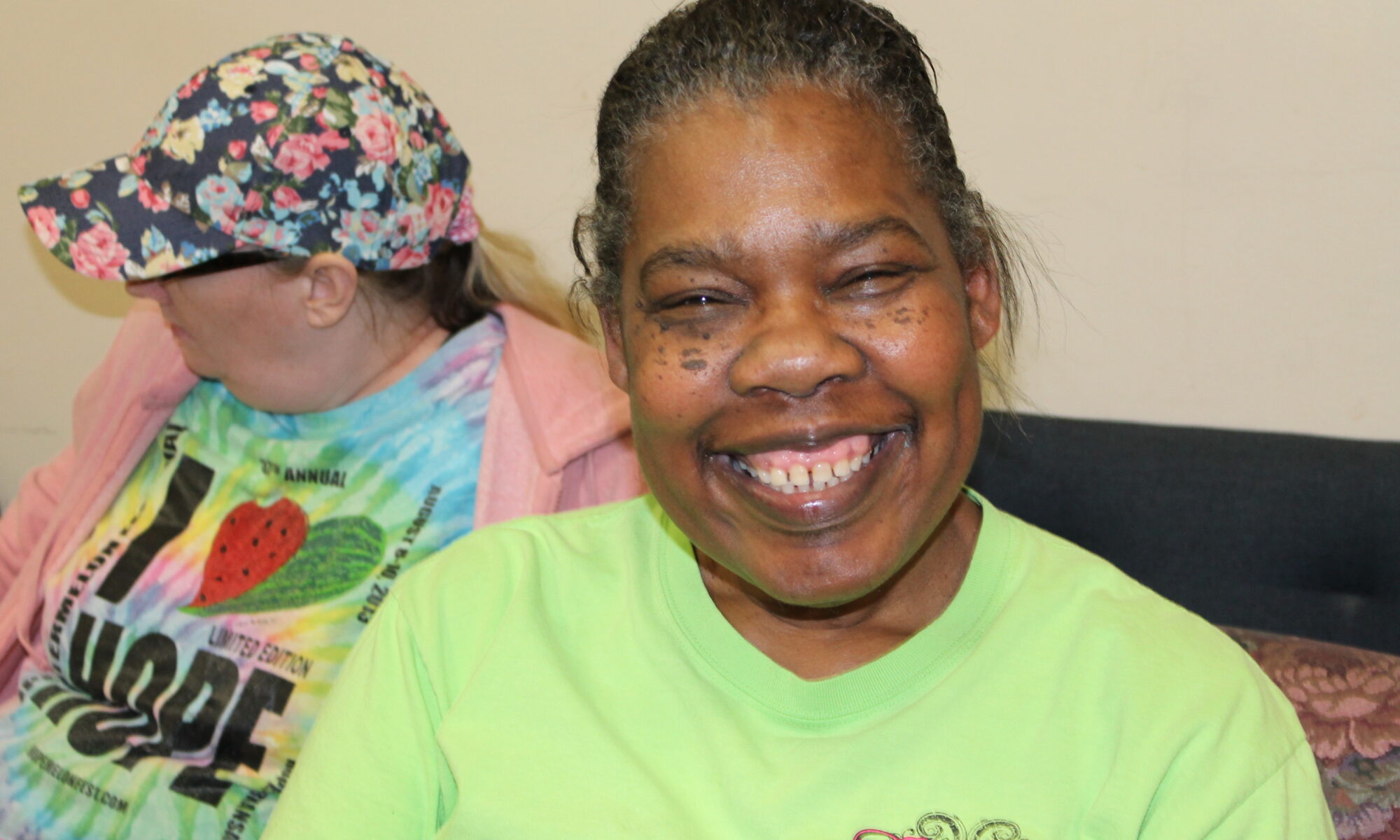Everybody’s fighting some kind of stereotype, and people with disabilities are no exception. The difference is that barriers people with disabilities face begin with people’s attitudes – attitudes often rooted in misinformation and misunderstandings about what it’s like to live with a disability.
Myth 1: People with disabilities are brave and courageous.
Fact: Adjusting to a disability requires adapting to a lifestyle, not bravery and courage.
Myth 2: All persons who use wheelchairs are chronically ill or sickly.
Fact: The association between wheelchair use and illness may have evolved through hospitals using wheelchairs to transport sick people. A person may use a wheelchair for a variety of reasons, none of which may have anything to do with lingering illness.
Myth 3: Wheelchair use is confining; people who use wheelchairs are “wheelchair-bound.”
Fact: A wheelchair, like a bicycle or an automobile, is a personal assistive device that enables someone to get around.
Myth 4: All persons with hearing disabilities can read lips.
Fact: Lip-reading skills vary among people who use them and are never entirely reliable.
Myth 5: People who are blind acquire a “sixth sense.”
Fact: Although most people who are blind develop their remaining senses more fully, they do not have a “sixth sense.”
Myth 6: People with disabilities are more comfortable with “their own kind.”
Fact: In the past, grouping people with disabilities in separate schools and institutions reinforced this misconception. Today, many people with disabilities take advantage of new opportunities to join mainstream society.
Myth 7: Non-disabled people are obligated to “take care of” people with disabilities.
Fact: Anyone may offer assistance, but most people with disabilities prefer to be responsible for themselves.
Myth 8: Curious children should never ask people about their disabilities.
Fact: Many children have a natural, uninhibited curiosity and may ask questions that some adults consider embarrassing. But scolding curious children may make them think having a disability is “wrong” or “bad.” Most people with disabilities won’t mind answering a child’s question.
Myth 9: The lives of people with disabilities are totally different than the lives of people without disabilities.
Fact: People with disabilities go to school, get married, work, have families, do laundry, grocery shop, laugh, cry, pay taxes, get angry, have prejudices, vote, plan and dream like everyone else.
Myth 10: It is all right for people without disabilities to park in accessible parking spaces, if only for a few minutes.
Fact: Because accessible parking spaces are designed and situated to meet the needs of people who have disabilities, these spaces should only be used by people who need them.
Myth 11: Most people with disabilities cannot have sexual relationships.
Fact: Anyone can have a sexual relationship by adapting the sexual activity. People with disabilities can have children naturally or through adoption. People with disabilities, like other people, are sexual beings.
Myth 12: People with disabilities always need help.
Fact: Many people with disabilities are independent and capable of giving help. If you would like to help someone with a disability, ask if he or she needs it before you act.
Myth 13: There is nothing one person can do to help eliminate the barriers confronting people with disabilities.
Fact: Everyone can contribute to change. You can help remove barriers by:
Understanding the need for accessible parking and leaving it for those who need it
Encouraging participation of people with disabilities in community activities by using accessible meeting and event sites
Understanding children’s curiosity about disabilities and people who have them
Advocating a barrier-free environment
Speaking up when negative words or phrases are used about disability
Writing producers and editors a note of support when they portray someone with a disability as a “regular person” in the media
Accepting people with disabilities as individuals capable of the same needs and feelings as yourself, and hiring qualified disabled persons whenever possible
Disability Etiquette
People with disabilities are entitled to the same courtesies you would extend to anyone, including personal privacy. If you find it inappropriate to ask people about their sex lives, or their complexions, or their incomes, extend the courtesy to people with disabilities.
If you don’t make a habit of leaning or hanging on people, don’t lean or hang on someone’s wheelchair. Wheelchairs are an extension of personal space.
When you offer to assist someone with a vision impairment, allow the person to take your arm. This will help you to guide, rather than propel or lead, the person.
Treat adults as adults. Call a person by his or her first name only when you extend this familiarity to everyone present. Don’t patronize people who use wheelchairs by patting them on the head. Reserve this sign of affection for children.
In conversation…
When talking with someone who has a disability, speak directly to him or her, rather than through a companion who may be along.
Relax. Don’t be embarrassed if you happen to use common expressions, such as “See you later” or “I’ve got to run”, that seem to relate to the person’s disability.
To get the attention of a person who has a hearing disability, tap the person on the shoulder or wave your hand. Look directly at the person and speak clearly, slowly and expressively to establish if the person can read your lips. Not everyone with hearing impairments can lip-read. Those who do will rely on facial expressions and other body language to help understand. Show consideration by facing a light source and keeping your hands and food away from your mouth when speaking. Keep mustaches well-trimmed. Shouting won’t help, but written notes will.
When talking with a person in a wheelchair for more than a few minutes, place yourself at the wheelchair user’s eye level to spare both of you a stiff neck.
When greeting a person with a severe loss of vision, always identify yourself and others who may be with you. Say, for example, “On my right is Andy Clark”. When conversing in a group, remember to say the name of the person to whom you are speaking to give vocal cue. Speak in a normal tone of voice, indicate when you move from one place to another, and let it be known when the conversation is at an end.
Give whole, unhurried attention when you’re talking to a person who has difficulty speaking. Keep your manner encouraging rather than correcting, and be patient rather than speak for the person. When necessary, ask questions that require short answers or a nod or shake of the head. Never pretend to understand if you are having difficulty doing so. Repeat what you understand. The person’s reaction will guide you to understanding.
Common courtesies…
If you would like to help someone with a disability, ask if he or she needs it before you act, and listen to any instructions the person may want to give.
When giving directions to a person in a wheelchair, consider distance, weather conditions and physical obstacles such as stairs, curbs and steep hills.
When directing a person with a visual impairment, use specifics such as “left a hundred feet” or “right two yards”.
Be considerate of the extra time it might take a person with a disability to get things done or said. Let the person set the pace in walking and talking.
When planning events involving persons with disabilities, consider their needs ahead of time. If an insurmountable barrier exists, let them know about it prior to the event.
Re:Easter Seal Website


